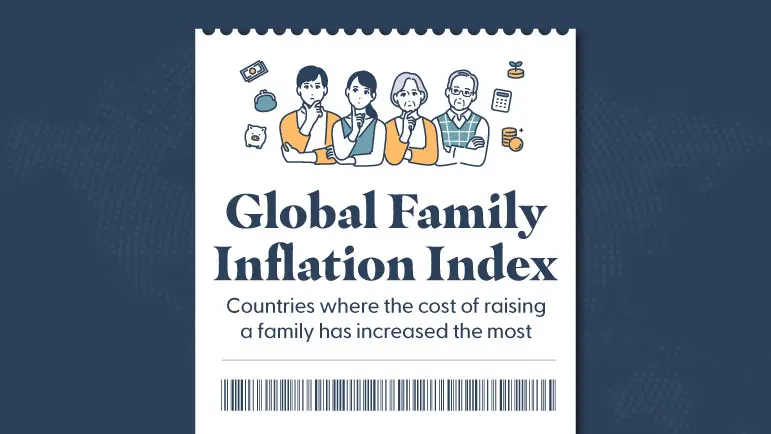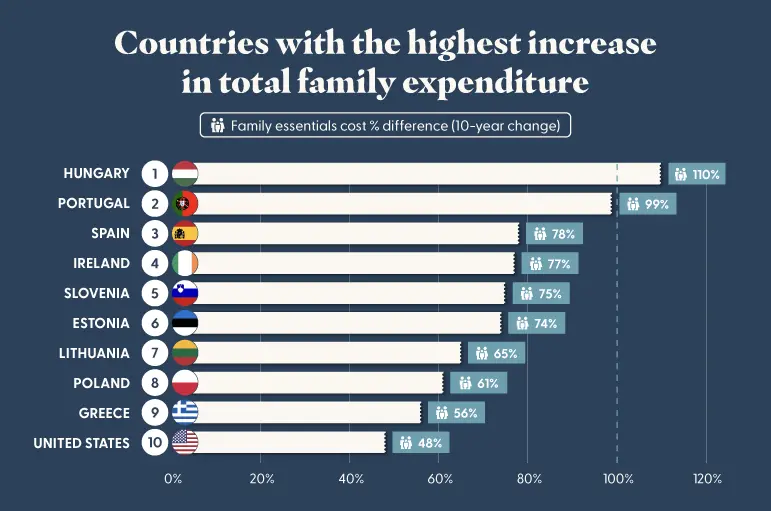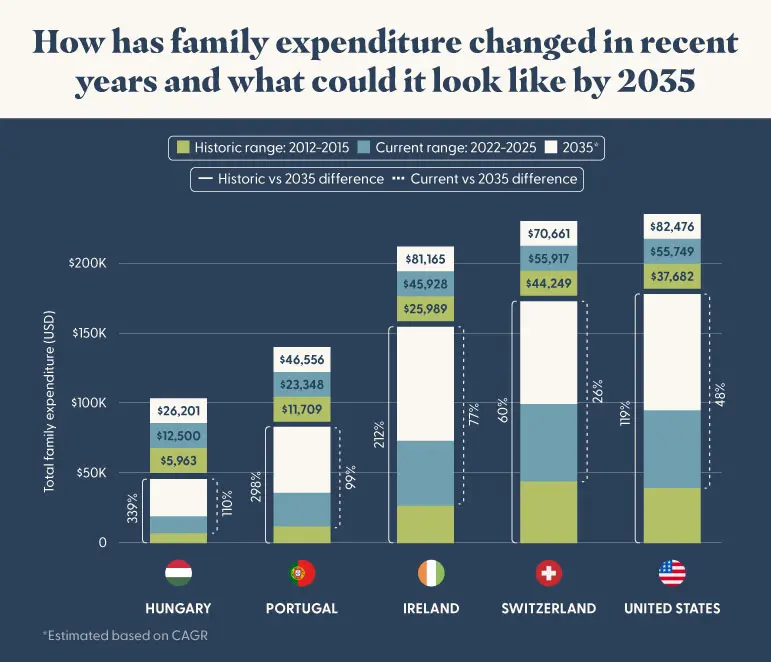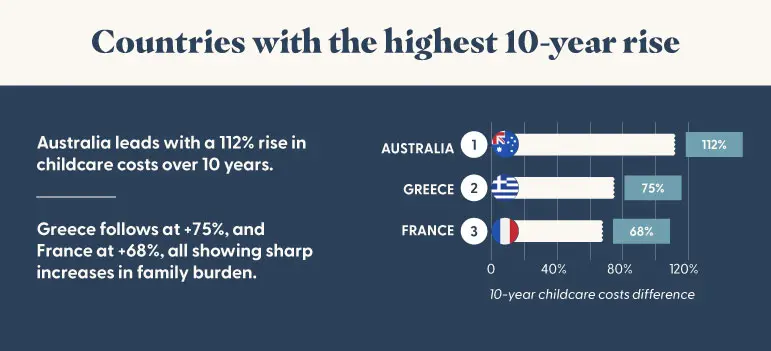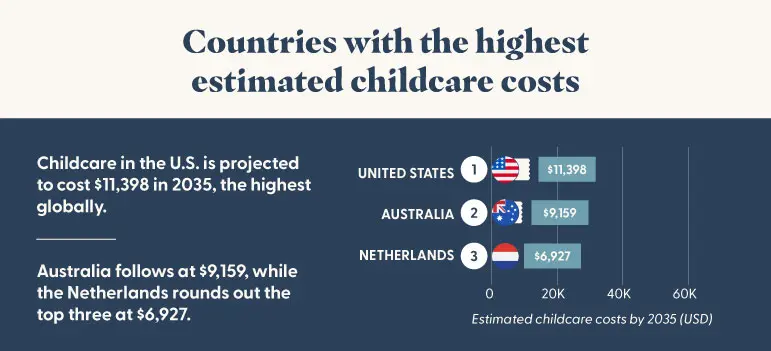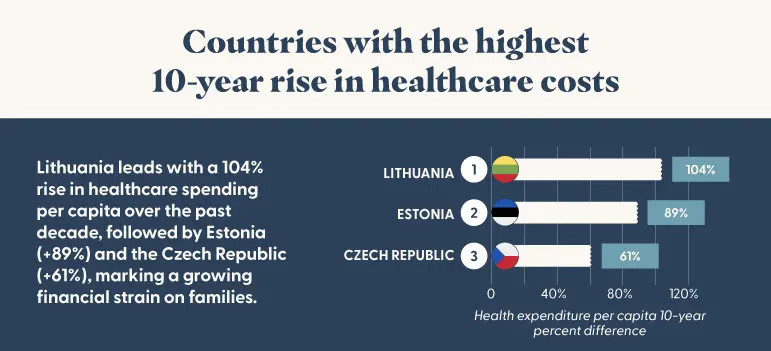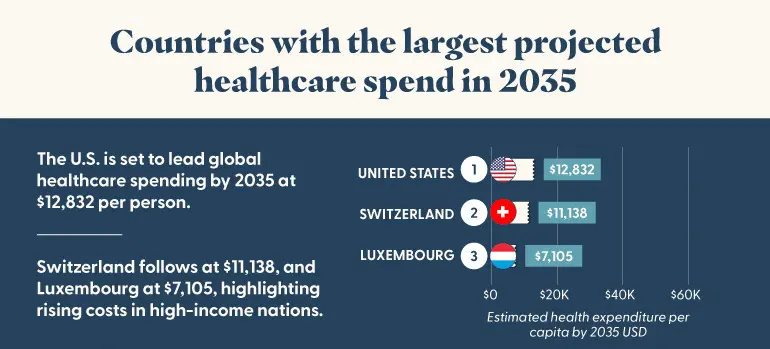The Global Family Inflation Index 2025
The cost of raising a family has increased significantly worldwide over the past few decades, driven by economic and social factors.
While some countries have managed these increases better than others, housing, education, and childcare costs have risen worldwide.
As these financial pressures grow, many young adults are considering delaying starting a family or rethinking it altogether.
This report has explored how the cost of raising a family has changed worldwide over time and how this could change in the future.
While some countries have managed these increases better than others, housing, education, and childcare costs have risen worldwide.
As these financial pressures grow, many young adults are considering delaying starting a family or rethinking it altogether.
This report has explored how the cost of raising a family has changed worldwide over time and how this could change in the future.
